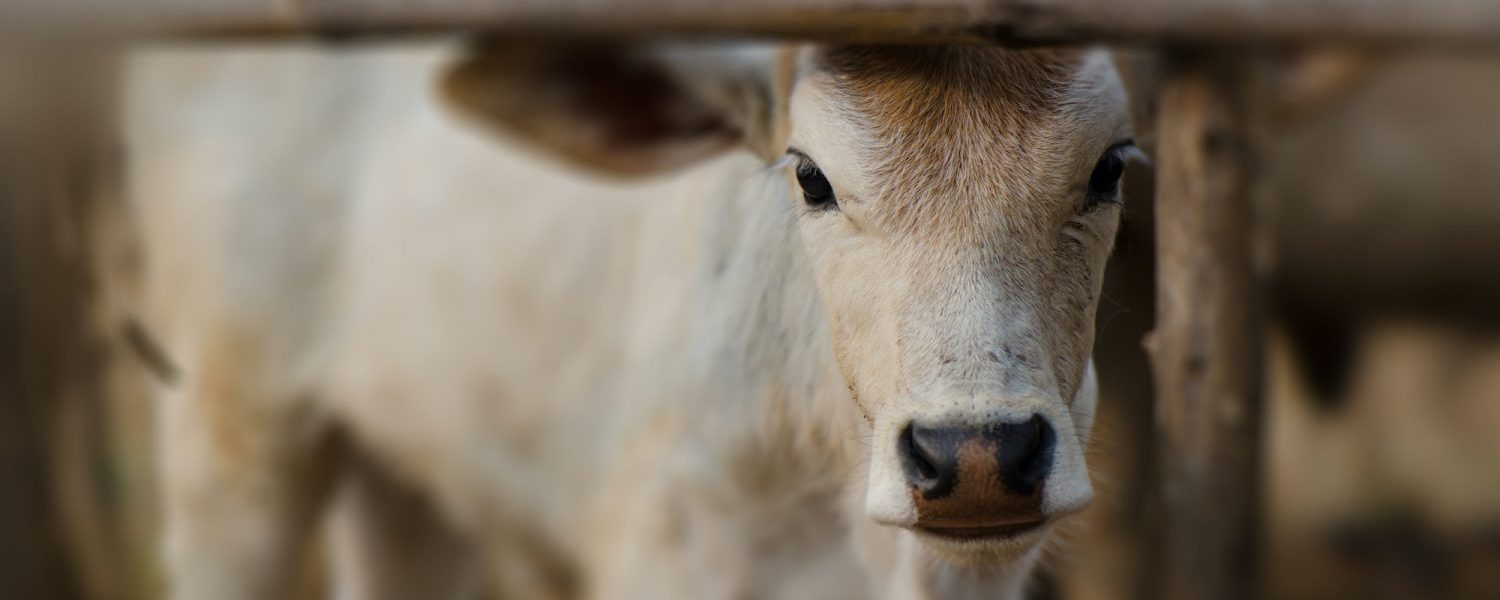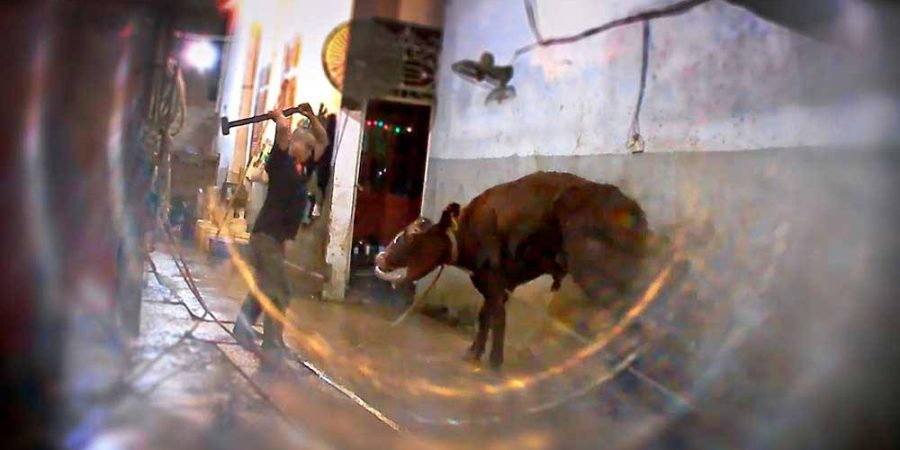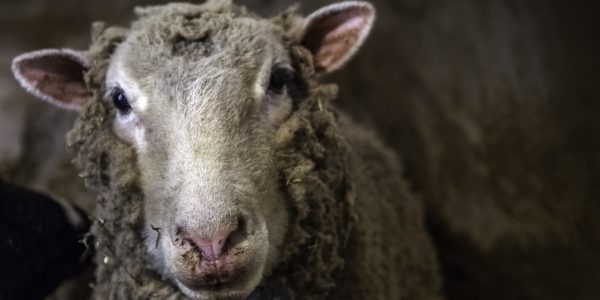20 years of crimes against animals
The live export industry has a track record of supplying animals to horrific cruelty. And you only need to look at the brutality they were prepared to condemn animals to for over three decades before regulations were put in place to understand the true nature of this industry.
Exporters happily supplied cattle to Egypt, where they knew tendon slashing was routine; to Gaza, where there was no infrastructure to facilitate ‘humane’ slaughter; to Indonesia, where brutal roping slaughter was common-place; and to Vietnam, where sledgehammering and ‘flooding’1 is a common practice in slaughterhouses. They’ve supplied millions of sheep to the Middle East knowing they’d be tied to roof racks and stuffed in car boots and that they’d be subjected to brutal street slaughter during the annual Festival of Sacrifice.
This is live export in today. New regulations introduced after ‘Indonesia’ were supposed to stop the worst abuses of this trade. But they aren’t being enforced and exporters aren’t being held accountable to them. It’s time to end this cruelty once and for all.
References
1 ‘Flooding’ involves forcing a hose down the throat into the stomach of cattle forcing them to consume large quantities of water in the hours preceding slaughter, to illegally increase meat weight.



















